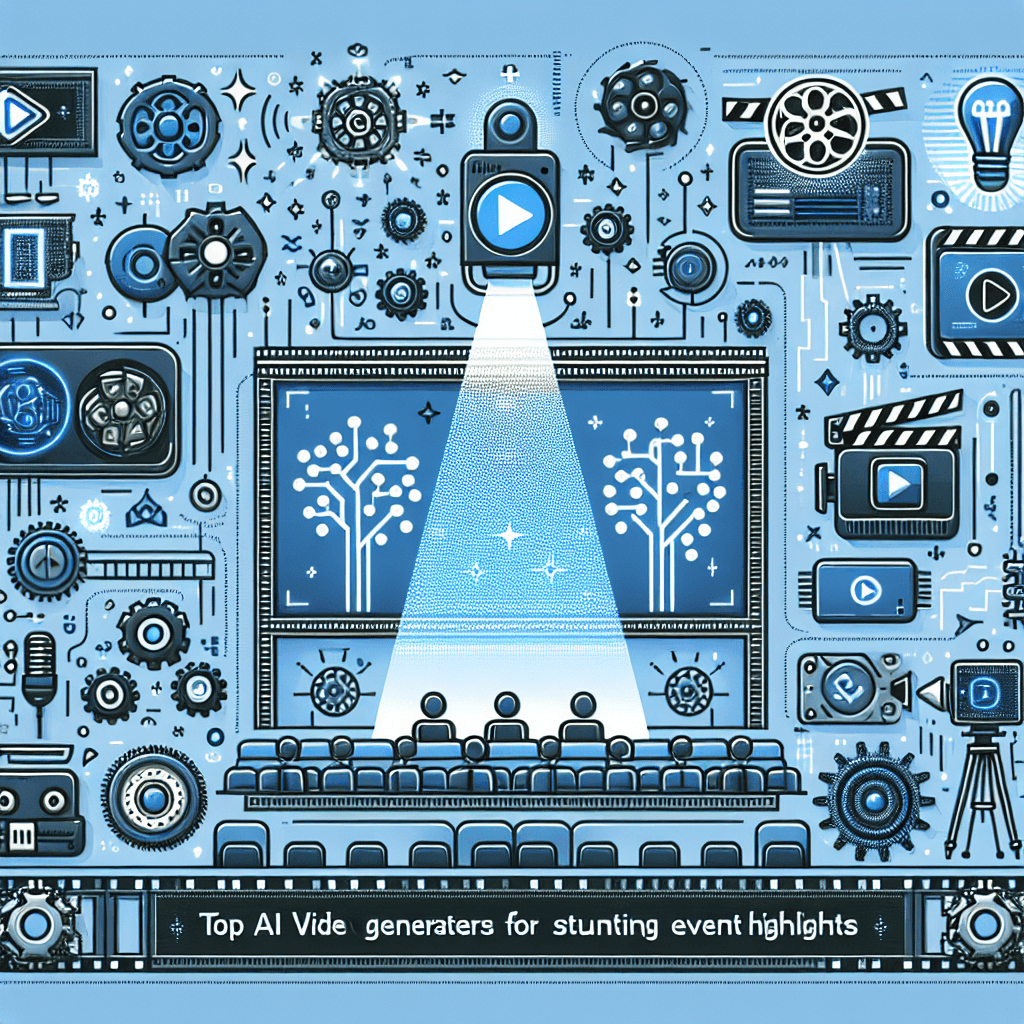As the design industry evolves, the ways in which concepts are brought to life are undergoing a remarkable transformation. Artificial Intelligence (AI) is emerging as a key player in this evolution, particularly with the rise of AI-powered image generators. This article delves into the top AI image generator tools that are reshaping virtual prototyping, streamlining workflows, and enhancing creativity in design processes.
The Need for Virtual Prototyping
Virtual prototyping allows designers to visualize their ideas without the time and cost associated with physical prototypes. This method is invaluable in fields such as product design, architecture, and advertising, where agility and responsiveness to market changes are crucial. AI image generators significantly enhance this process by generating high-quality images from simple prompts, allowing designers to focus on creativity rather than logistics.
1. DALL-E 2: The Innovator of AI Imagery
OpenAI’s DALL-E 2 is one of the most recognized names in AI image generation. This tool allows users to create intricate images based on text prompts, showcasing an impressive understanding of context and style. With DALL-E 2, designers can quickly generate visual representations of ideas, enhancing brainstorming sessions and initial sketches. Its potential for modification and creativity makes it ideal for virtual prototyping.
2. Midjourney: A Gateway to Artistic Creation
Midjourney stands out for its emphasis on artistic styles and aesthetics. This AI image generator is particularly favored by creators who seek to blend realism with artistic flair. With a simple text prompt, users can produce visually striking images that can serve as prototypes for designs in various creative fields—from fashion to graphic design.
3. NVIDIA GauGAN: Transforming Sketches into Masterpieces
NVIDIA’s GauGAN is a game-changer in the realm of sketch-to-image generation. It empowers users to transform rough sketches into photorealistic images using AI. This tool is particularly beneficial for designers who wish to visualize concepts quickly and effectively, allowing for rapid iterations and modifications. GauGAN also offers unique features like style transfer, adding an extra layer of creativity to virtual prototypes.
4. Artbreeder: Collaborative Creation
Artbreeder takes a different approach by blending images together to create unique results. With a focus on collaboration, users can combine elements from different images to produce novel creations. This tool is especially useful for character design in gaming and animation, allowing creators to experiment with various attributes and styles in their prototypes.
5. DeepAI: The Versatile All-Rounder
DeepAI offers a straightforward interface and a variety of image generation options. It includes tools for text-to-image conversion, image editing, and style transfer, making it ideal for virtual prototyping across different domains. Designers can experiment with various settings to achieve their desired look, ensuring that their prototypes align closely with their initial visions.
6. RunwayML: Empowering Creatives with AI Tools
RunwayML is a comprehensive suite of AI tools tailored for creatives. It not only generates images but also offers video editing capabilities, making it a versatile choice for designers looking to prototype in multiple formats. RunwayML stands out with its user-friendly interface, which democratizes access to powerful AI tools for both seasoned professionals and newcomers.
7. Canva Magic Resize: Simplifying the Design Process
Canva is not typically known for AI image generation, but its Magic Resize feature utilizes AI to optimize designs for various platforms. While it may not directly generate images, it is an invaluable tool for designers prototyping graphics and layouts, ensuring that their work is adaptable for different digital platforms with just a few clicks.
8. Fotor: Enhancing Creativity with AI Tools
Fotor incorporates AI into its graphic design toolkit, providing an easy way for users to create stunning visuals. It offers features such as background removal, templates, and scene creation that can enhance virtual prototypes. Fotor’s user-friendly interface makes it accessible to a wide audience, including those who may not have advanced design skills.
9. Deep Dream Generator: Artistic Rawness
For those who want to venture into more abstract territory, the Deep Dream Generator offers a unique approach to image generation. This tool enhances existing images with dream-like patterns, creating a surreal effect that can inspire unique prototyping concepts. It’s ideal for designers in the art and fashion industries looking to push creative boundaries.
10. Pixray: Open Source Flexibility
Pixray is an open-source AI image generator that combines textual input with visual style options. This flexibility makes it a favorite among developers and designers who wish to customize their experience. Pixray is particularly useful for those who want to experiment with machine learning techniques in their design processes.
The Role of AI in Speeding Up Design Processes
AI image generators play a crucial role in expediting the design process. By automating the creation of visual content, designers can spend less time on repetitive tasks and more time focusing on innovative solutions. The ability to generate images quickly allows for rapid testing of concepts and enables a more agile approach to design.
Benefits of Using AI Image Generators in Design
- Increased Efficiency: AI image generators streamline the prototyping process, speeding up the time it takes to visualize ideas.
- Cost-Effective: Reducing the need for physical prototypes can significantly lower costs, especially for startups and smaller businesses.
- Enhanced Creativity: AI tools can inspire creativity by offering unexpected designs and perspectives that a human might not consider.
- Rapid Feedback: Designers can quickly present varying iterations of a concept, facilitating faster feedback from stakeholders or clients.
- Accessibility: Many AI image generators are user-friendly, allowing individuals with limited design skills to create professional-quality visuals.
Challenges and Considerations
While AI image generators offer numerous benefits, there are also challenges to consider. Issues related to copyright, the quality of generated images, and the potential for ‘AI bias’ can pose problems. Designers must navigate these challenges carefully to ensure their work is original and meets industry standards.
Future Prospects for AI in Prototyping
The future of AI in virtual prototyping looks promising. As technology advances, we can expect more sophisticated tools capable of understanding context, style, and even intricate design nuances. Integration with other technologies like Augmented Reality (AR) and Virtual Reality (VR) could further enhance how designers visualize and interact with their prototypes.
Conclusion: Embracing the Future of Design
As we have explored, AI image generators are revolutionizing the landscape of virtual prototyping. With tools like DALL-E 2, Midjourney, and NVIDIA GauGAN leading the charge, designers have unprecedented opportunities to create, iterate, and innovate. By leveraging these technologies, the design industry can pursue a future where creativity knows no bounds, driving forward with agility and efficiency. Embracing AI in virtual prototyping is not just a trend; it’s becoming a necessity in the fast-paced world of design.








